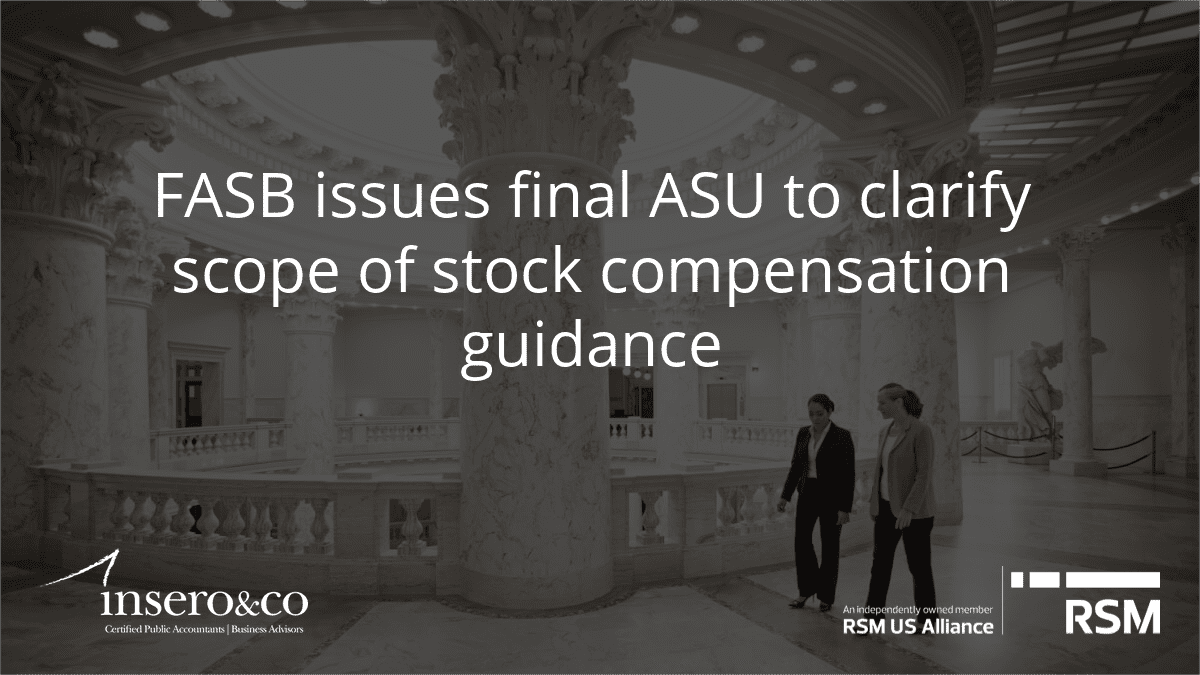While 2020 hasn’t been kind to tipped employees during the COVID-19 pandemic, employees with substantial tip income can pose an accounting challenge for retirement plan sponsors if those employees take retirement saving seriously. How do tips figure into your retirement plan requirements?
Are tips W-2 compensation?
A typical retirement plan defines compensation as that which is reported in Box 1 of the W-2 form. Tip income must be included in Box 1. That means tip income is eligible for participant 401(k) deferrals and matching contributions. But if tips are disbursed daily, or even weekly, and not run through your payroll system, the accounting for deferrals and matching contributions becomes a moving target.
How do you determine deferrals?
Let’s say the employee wants to defer 3% (because that’s the maximum amount you’ll take into account for your matching contribution). If the employee’s tip income during one pay period amounts to half of his fixed wages, you would need to put 4.5% of the employee’s regular wage income into the employee’s 401(k) to account for the 50% tip income (3% plus 1.5% = 4.5%), and then calculate your match based on that 4.5% amount. But what if next month the employee’s tips come out to 60% of his or her fixed base wage instead of 50%? A whole new calculation would be required.
Another option is to assume that a fixed percentage of income comes from tips. At some point, however, you’d need to make adjustments to have it add up correctly. That could create cash flow problems for you or the employee. The timing of the adjustment is also problematic: Do you make this adjustment according to a calendar schedule or a numeric calculation?
What about discrimination testing?
You can exclude tip income from your plan’s definition of compensation eligible for 401(k) deferral and matching purposes. But you’ll have to navigate Internal Revenue Code Section 414(s) antidiscrimination tests.
Sec. 414(s) requires that your retirement plan not benefit certain employees (usually highly compensated employees) over others (non-highly compensated employees). By excluding tip income from your plan’s definition of compensation, you may skew benefits towards higher-earning nontipped employees. The result? Your plan may flunk the antidiscrimination test.
Getting ready
The mass disruption of the economy due to the COVID-19 pandemic has hit many employers with tipped employees hard. If your business model involves tip income, be sure that your plan advisor addresses the challenges.
As always, we hope you enjoy this edition of our newsletter and we look forward to receiving your feedback. Should you have any questions regarding the information contained in the attached materials or our Employee Benefit Plan Services, please feel free to contact me directly.
Want to learn more?
Join our Employee Benefit Plan Resources group on LinkedIn for more frequent updates on recent developments and best practices and discuss related topics with your peers.




